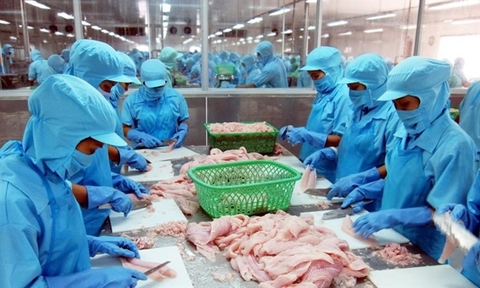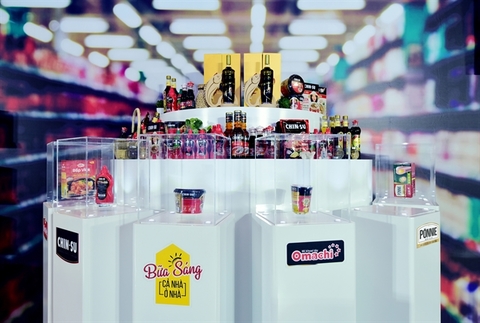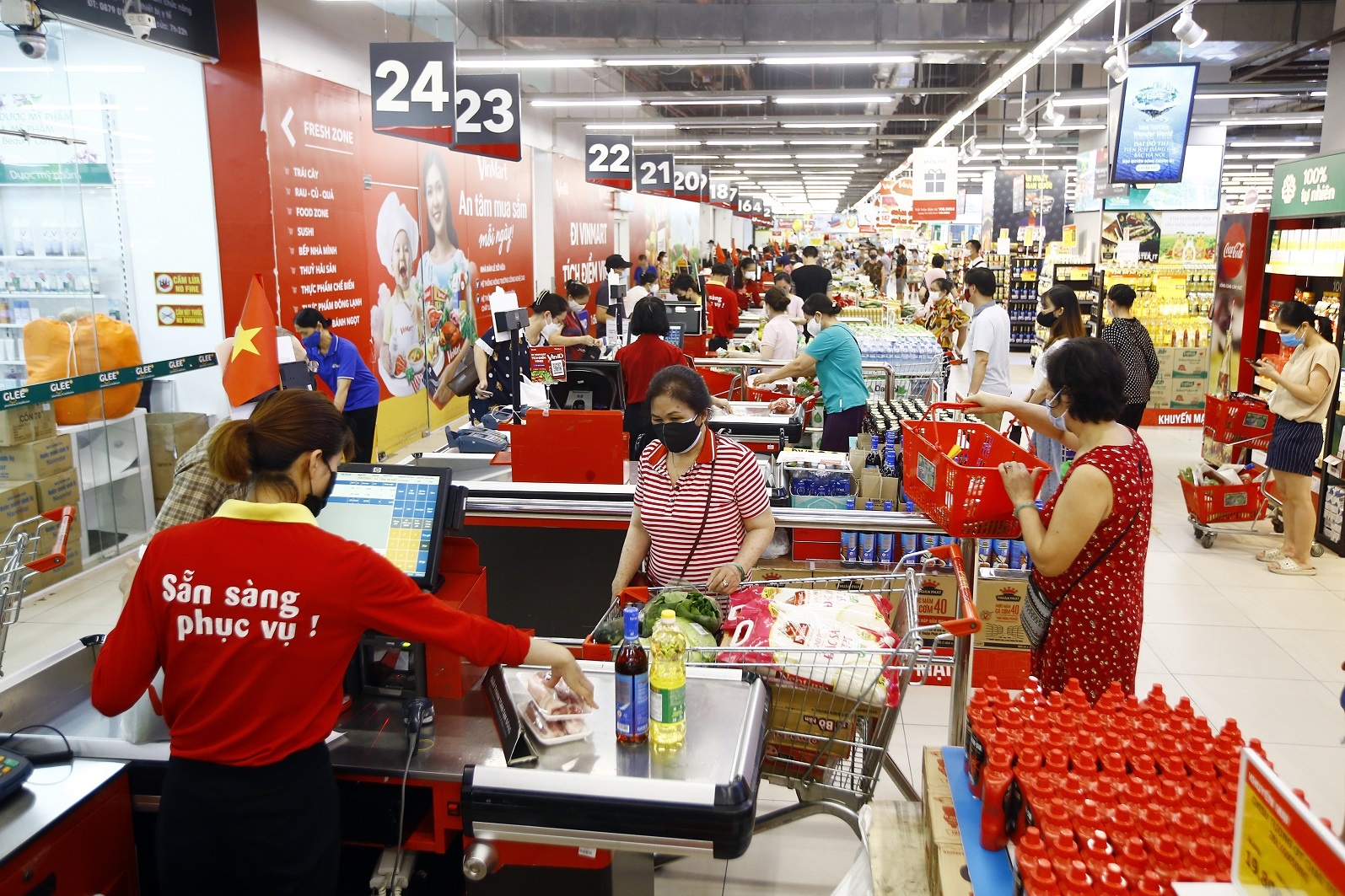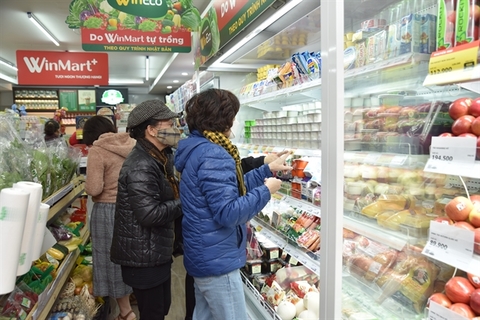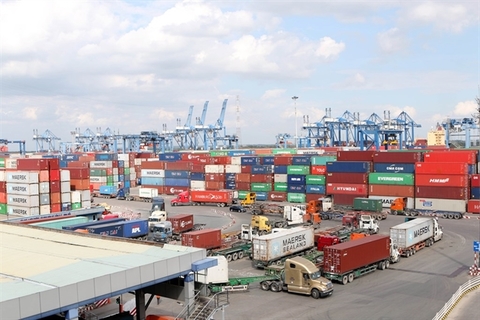Auto companies (CTF) enjoy positive earnings
Auto companies (CTF) enjoy positive earnings
Auto businesses enjoyed positive annual earnings thanks to flourishing profits in the fourth quarter.
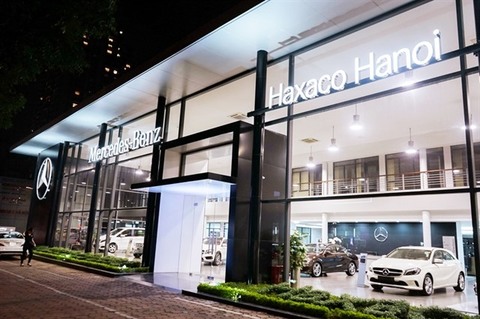
The Viet Nam Engine and Agricultural Machinery Corporation (VEA) ended 2021 with revenue of VND4.02 trillion (US$176.4 million), an increase of 9.6 per cent compared to 2020.
Its joint ventures and associates brought in profit of more than VND5.1 trillion for the whole year. This helped VEA earn profit before tax of VND5.94 trillion for the whole year. Profit after tax increased by 3.6 per cent to VND5.79 trillion. Earning per share (EPS) was VND4,321.
VEA’s joint venture companies include Honda Vietnam, Toyota Vietnam, and Ford Vietnam. VEA is enjoying high profits from joint ventures and associates.
After the first three quarters of negative earnings, even losing VND30 billion in Q3, Saigon General Service Corporation (Savico) recorded a net profit of VND75.5 billion in Q4.
In the whole of 2021, Savico’s revenue reached VND14.12 trillion, a decrease of 12 per cent compared to last year. After tax profit decreased by 6 per cent to VND144 billion.
In 2021, Savico set a target of nearly VND237 billion in after-tax profit, thereby it achieved 90 per cent of the revenue plan. Meanwhile at the end of the first 9 months of the year, the completion rate was only 38 per cent.
Trading is Savico’s main business as it contributes up to 90 per cent of annual revenue, of which automobile distribution brings the majority of revenue of this segment. Currently, Savico owns about 50 dealers, including 13 Toyota dealers, 15 Ford dealers, eight Hyundai dealers, two Chevrolet, three Volvo, two Fuso, and some other brands such as Veam, Hino, Mitsubishi, Honda and Suzuki.
Thanks to increased revenue and improved gross profit margin, Hang Xanh Motors Service Joint Stock Company (Haxaco) earned net profit of VND126 billion in Q4 of 2021, doubling the same period a year earlier. This result helped the business achieve profit growth of 28 per cent for the whole of 2021 with VND160 billion.
The company attributed the high profit to the reopening of HCM City from the fourth quarter. Haxaco promoted advertising campaigns on online platforms, maximising profit on each vehicle and further reducing costs.
The Government's supportive policy on reducing registration fees for cars stimulated the shopping demand of consumers. Accordingly, the number of vehicles sold by Haxaco increased again, reaching the sales target, the company said.
In addition, the preferential interest rates of affiliated banks as well as the effective use of capital contributed to reducing financial costs and increasing profits.
In the whole of 2021, Haxaco achieved VND5.55 trillion of net revenue, equivalent to 2020. Post-tax profit reached VND160 billion, up 28 per cent compared to last year. Earning per share (EPS) was VND3.34. This was also the highest profit Haxaco ever achieved.
City Auto (CTF), specialising in the distribution of Ford cars, announced its revenue in the fourth quarter of 2021 reaching VND1.67 trillion, 5 times higher than in the third quarter. The fourth quarter's profit reached VND39 billion, the highest profit in many recent quarters of CTF.
Profit for the whole of 2021 reached VND47 billion, many times higher than VND1 billion in 2020. City Auto explained that the auto market grew in the fourth quarter of 2021 and the cost control policy helped increase profits.
This year, CTF sets a business plan to grow strongly with revenue reaching VND7.38 trillion, up 130 per cent and profit after tax reaching VND80 billion, up 5,594 per cent.
Positive outlook for 2022
Recently, SSI Research released a report assessing the short-term prospects of auto companies. Accordingly, SSI Research forecast that with the Government's rapid and strong vaccination strategy and new COVID-19 variants, it is likely that there will be less risks to health, thereby less social distancing measures. Automotive demand in 2022 is expected to increase by 16 per cent.
According to SSI Research, the current car ownership rate in Viet Nam is still low. In addition, the trend of using electric vehicles in Viet Nam led by VinFast will drive the demand for cars even higher.
SSI Research believes that car buying demand will not be strong in the first half of this year due to the possibility of new variants of COVID-19. In the second half of 2022, car sales will begin to increase, which will be the driving force for auto sales results.







